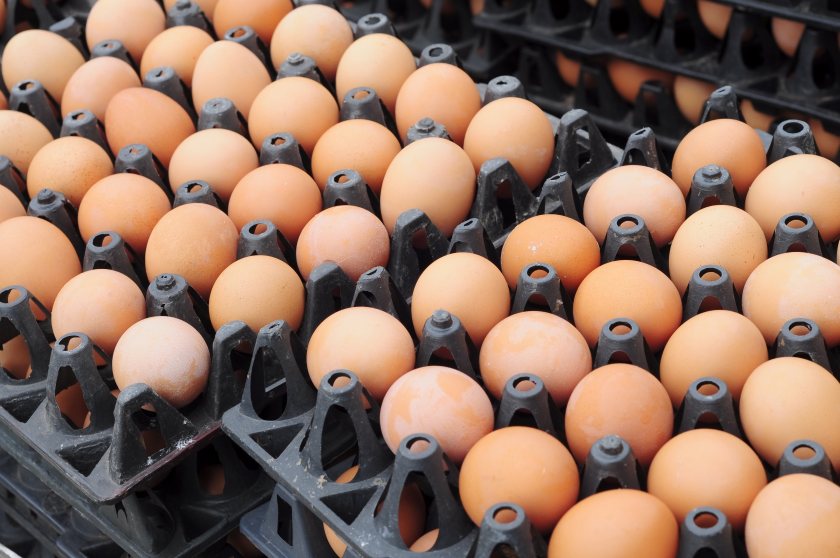
Antibiotic resistance in salmonella remains high, according to a report by the European Food Safety Authority (EFSA).
In salmonella enteritidis, the most common type of salmonella in humans, it found increasing trends of resistance to the quinolone/fluoroquinolone class of antibiotics.
In animals, resistance to these antibiotics were generally moderate to high, EFSA's report revealed.
Incidence of salmonella in the UK layer flock remains relatively low, despite a spike in cases in 2019, according to the Animal and Plant Health Agency (APHA).
Over recent years the UK egg industry has consistently had amongst the lowest incidence of salmonella in Europe.
However, eggs from Europe have again been implicated in salmonella outbreaks.
Eggs were linked to salmonella outbreaks in six different countries, including the UK - and Spanish farms were believed to be the source, according to EFSA.
EFSA said the latest outbreak came to light in September when France reported an increase in salmonella enteritidis ST11 infections.
By January 11, 272 confirmed cases had been reported in five European Union, European Economic Area countries and the United Kingdom.
A total of 216 cases were in France, 22 in Spain, 12 each in the United Kingdom and the Netherlands, seven in Norway and three in Denmark.
“Some cases reported in France in 2021 had visited restaurants serving eggs distributed by a common supplier, Spanish Packing Centre A,” said EFSA.
“The eggs originated from three Spanish farms, one testing positive for the outbreak strain. Fresh table eggs from the farms linked to the outbreak were withdrawn and redirected for use in heat treated egg products.”
They said that no other countries received eggs from the same farms via Packing Centre A during the summer of 2021, so the source of infection for cases in late 2021 and in countries other than Spain and France could not be established.
It follows the UK government publishing a report in December which showed that antibiotics use on British layer flocks had fallen.
The Veterinary Medicines Directorate (VMD) said that a total of 3.1 tonnes of antibiotic active ingredient was used by the laying hen industry in 2020.
